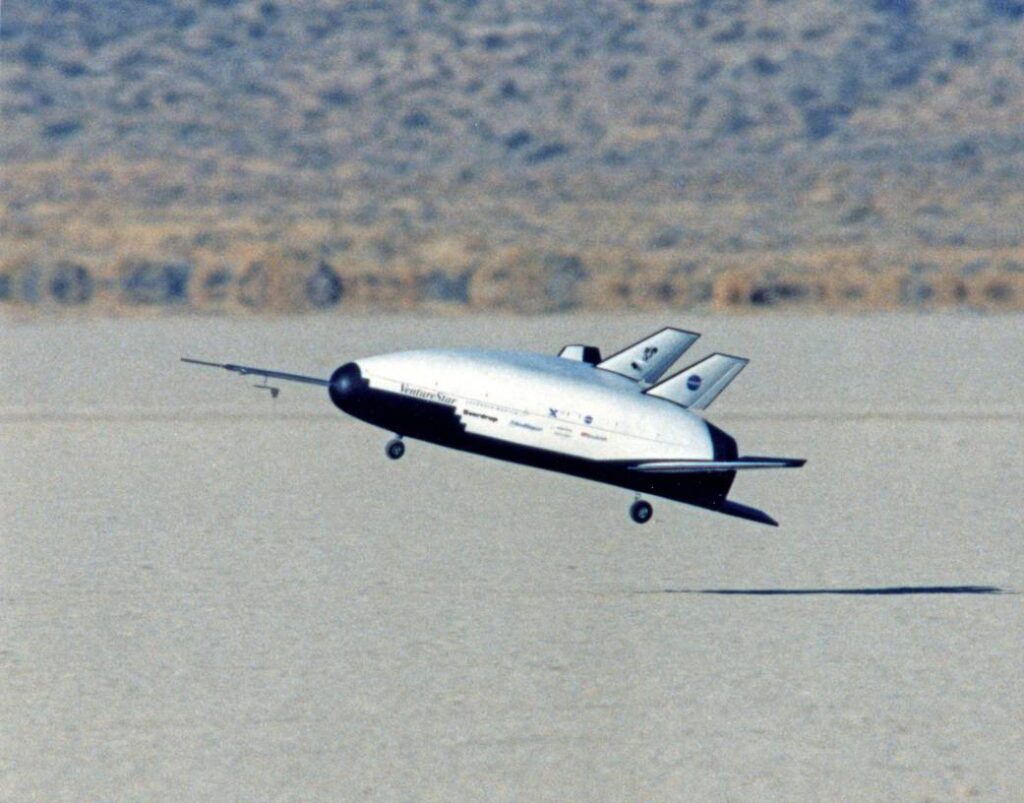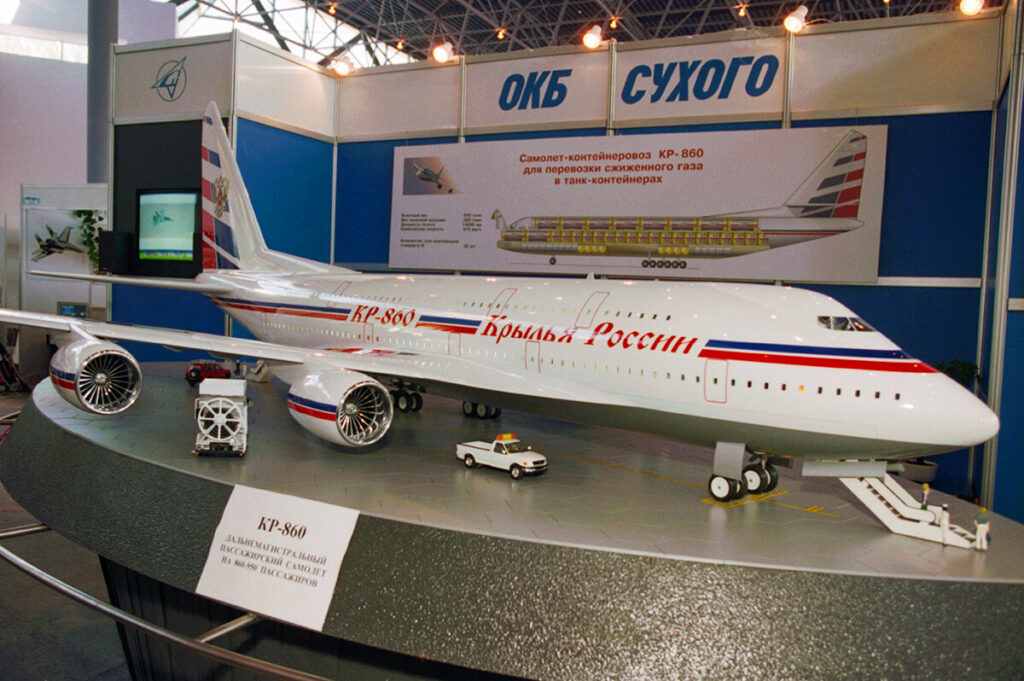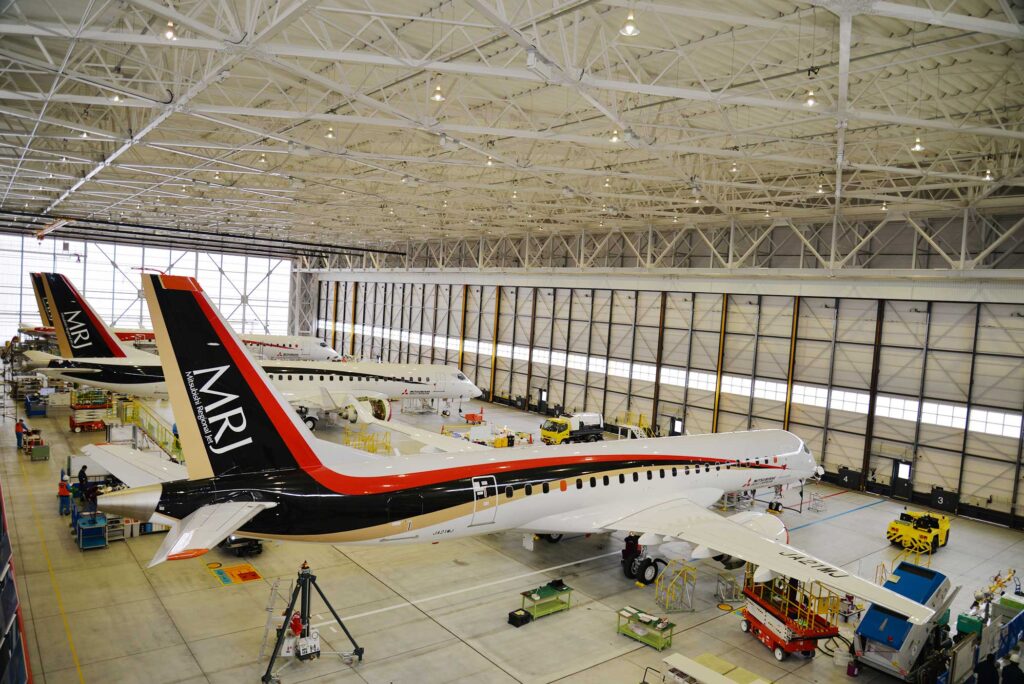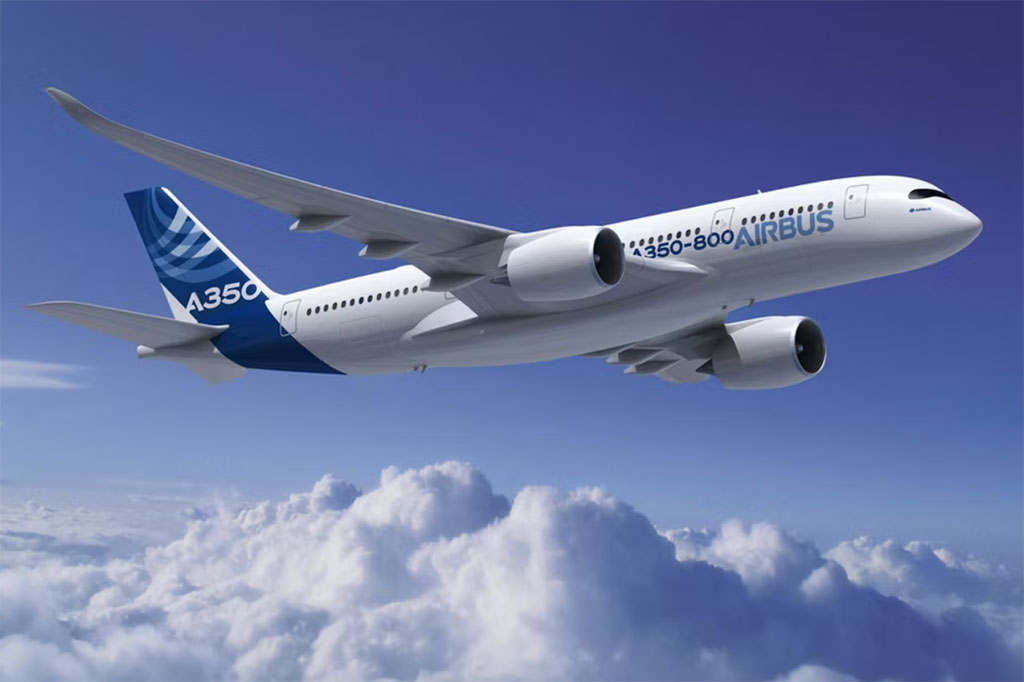The aviation industry has always been characterized by innovation and creativity. Throughout history, aircraft designers and engineers have come up with incredible planes that have revolutionized the way we travel and transport goods. But not every aircraft that was designed and developed made it off the ground.
In this article, we will explore 10 incredible aircraft that never flew. From prototypes that were abandoned due to lack of funding, to ambitious designs that never made it past the drawing board, these planes represent some of the most fascinating, but ultimately failed, projects in aviation history. Join us as we take a closer look at these would-be flying machines, including the Bombardier CS500, McDonnell Douglas MD-12, and Airbus A350-800…
Interested? Let’s have a look
Bombardier CS500

The Bombardier CS500 was supposed to be an extended variant of the existing CS series of regional aircraft, offering seating for up to 150 passengers. The design featured a wider fuselage than the CRJ900, with an increased wingspan and more efficient engines.
The CS500 promised to provide improved comfort and capacity to airlines without the higher operating costs associated with larger narrow-body aircraft like the Airbus A320 and Boeing 737.
However, Bombardier decided to focus on developing the CSeries and eventually sold the program to Airbus, and they decided not to continue with the project. It would have certainly given tough time to the regional jets like the Embraer E-190 and the CRJ-1000.
McDonnell Douglas MD-12

The McDonnell Douglas MD-12 was an ambitious design, intended to surpass and compete against the Boeing 747. The quad-engine aircraft featured a double-deck configuration, with seating for up to 511 passengers.
The MD-12 also incorporated advanced technology such as fly-by-wire controls and enhanced navigation systems. However, the development costs of the aircraft were deemed too high, and McDonnell Douglas eventually merged with Boeing in 1997, leading to the cancellation of the MD-12 program.
Boeing 2707

The Boeing 2707 was a supersonic transport (SST) design that promised to revolutionize air travel. The aircraft would have had a cruising speed of Mach 2.7, making it possible to travel from New York to Tokyo in just over three hours, with about 300 passengers.
The innovative design featured a delta wing, a canard wing, and a droop-nose (similar to the Concorde) for improved visibility during takeoff and landing. However, the program was beset by technical setbacks and escalating costs, leading to the demise of this project in 1971.
Lockheed Martin X-33

The Lockheed Martin X-33 was a reusable spacecraft designed to provide affordable access to space. The single-stage-to-orbit design consisted of advanced composite materials, lightweight engines, and reusable thermal protection systems.
The X-33 might have actually reduced the cost of launching payloads into space by up to 90%, making it an attractive option for both commercial and government applications. However, technical difficulties and budget limitations led to the cancellation of the program in 2001.
Fairchild Dornier 728

The Fairchild Dornier 728 was intended to be a regional airliner with a capability of flying up to 1,000 nautical miles. Moreover, It was designed to provide a modern alternative to ageing turboprop aircraft, offering superior speed, comfort, and efficiency.
This aircraft could have been ordered by the airlines with aging ATR’s. However, the project was cancelled in 2002 due to financial difficulties faced by the company, as well as increased competition from other regional jet manufacturers.
Boeing NLA/747X

The Boeing New Large Aircraft (NLA) project was initiated in the mid-1990s as a potential successor to the 747 jumbo jet.
It was initially envisioned as a larger, more efficient aircraft with a wider cabin and increased range to overturn the potential orders of the A380, as Airbus’ campaign was already in full swing in the late 1990’s. However, the project was eventually called off officially by Boeing in 2001 due to concerns about its market’s future viability, as well as the rise of smaller, more fuel-efficient aircraft.
Sukhoi KR-860

The Sukhoi KR-860 was a proposed ultra-high-capacity, long-haul airliner designed to accommodate up to 860 passengers, competing with established wide-body aircraft such as the Boeing 747 and Airbus A380.
Although the production was unable to commence due to a large number of factors however, it would have posed serious threat to the Airbus and Boeing. Sukhoi may have taken significant orders from Japan, China and other Far Eastern countries.
As the name suggests, the intended aircraft capacity was planned for approximately 860 passengers, allowing for a non-stop flight from Moscow to Perth, Australia. Eventually, the project was ultimately discontinued due to insufficient market demand and economic feasibility, as the aviation trends shifted towards smaller, more fuel-efficient twin-engine aircraft that provided greater operational flexibility and cost-effectiveness
Mitsubishi MRJ90/M90

The Mitsubishi MRJ90/M90 was envisioned as a modern and efficient regional jet, targeting a range of up to 3,200 kilometres. Its objective was to vie with established regional jet manufacturers like Bombardier and Embraer just alike the Dornier 728 that we discussed earlier.
It was designed to counter regional travel demands, emphasizing reliability, fuel efficiency, and eco-friendly operation. Despite its potential and getting impressive media attention at the Paris airshow, the project encountered a series of unforeseen delays and setbacks, leading to its eventual cancellation in 2020, although it had completed initial checks and first flight.
This decision emerged from a confluence of factors, encompassing not only a discernible scarcity in demand for regional jets but also the economic challenges that Mitsubishi grappled with during that period.
Airbus A350-800

The A350-800 was designed to be a smaller version of Airbus’ popular A350 XWB family of aircraft, with a capacity of up to 280 passengers and a range of up to 15,000 kilometres. However, the project was cancelled in 2014 due to a lack of demand for the smaller variant, with most airlines preferring the larger A350-900 and A350-1000 models.
Airbus recommended its customers to purchase the A330neo instead of the A350-800
IPTN N-250

The IPTN N-250 was envisioned as a short-haul regional turboprop aircraft, designed to carry up to 50 passengers and operate within a range of approximately 1,300 kilometers.
Positioned as a cost-effective substitute to rival regional aircraft like the ATR 42 and Bombardier Dash 8, the N-250 project ultimately met an unfortunate end in 1997. This decision was prompted by financial challenges experienced by the Indonesian Aerospace company, the manufacturer responsible for its development.
In conclusion, even though most of these aircrafts never made it to the market, they are still remarkable achievements in aviation engineering that deserve recognition. They represent the ambition and innovation that drive the aviation industry forward, and remind us of the challenges that must be overcome in order to bring new aircraft to market, which is not a piece of cake at all.
It is likely that there will be many more incredible aircraft concepts that will be limited to the drawing board or the testing phase, but each one would be a testament to the creativity and ingenuity of the human mind, showcasing the beauty of aviation.




2 comments
The Boeing 2707 would have been a milestone for aviation and a competitor to the Concorde 🙁
I recently found someone selling a commemorative beer mug for the Fairchild Dornier 728 and 328. Needless to say I bought it on the spot!